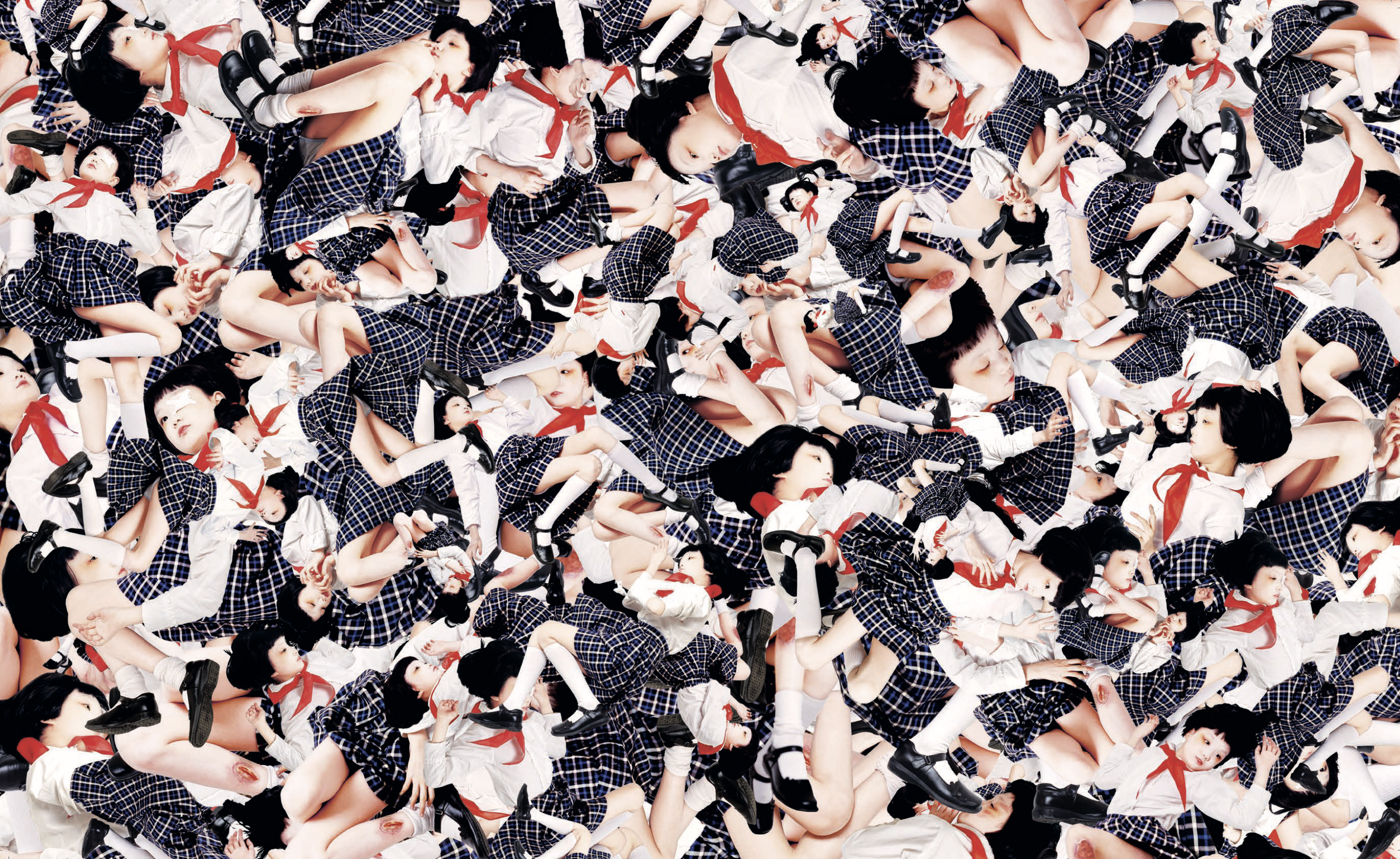Editor’s note: This photo essay of contemporary Chinese art photography is adapted from A Window Suddenly Opens: Contemporary Photography in China (Yale University Press, 2023), published in association with the Hirshhorn Museum and Sculpture Garden, who exhibited the photos in Washington, D.C., from 2022-24. We have selected a baker’s dozen from over 100 images in the catalogue, courtesy of collector Larry Warsh, to showcase the vibrancy of China’s photography scene in the 1990s and 2000s.
Curator’s introduction
A Window Suddenly Opens — both exhibition and catalogue — investigates the past several decades of radical shifts and new trajectories in the practice of contemporary photography in China. Profound political, cultural and technological changes have swept over the country in recent years, and nowhere have these transformations been more apparent than in the evolution of photography into a sophisticated and multifaceted art form.
Photography in China has long moved with the historical and social currents of the nation itself. Entering the country through trade ports, camera technology was eagerly adopted in the 19th century and used to create portraiture, news photography and landscapes, just as it was elsewhere in the world. As the Communist Revolution and the Cultural Revolution swept over China in the 20th century, photography came to be seen as a collectivist, and often propagandistic, enterprise. The era of Reform and Opening, from the late 1970s, and the influence of the international avant-garde, arriving in the form of foreign books and magazines and reinforced by artists’ travels to other countries, prompted photographers to reconsider the possibilities of their medium.
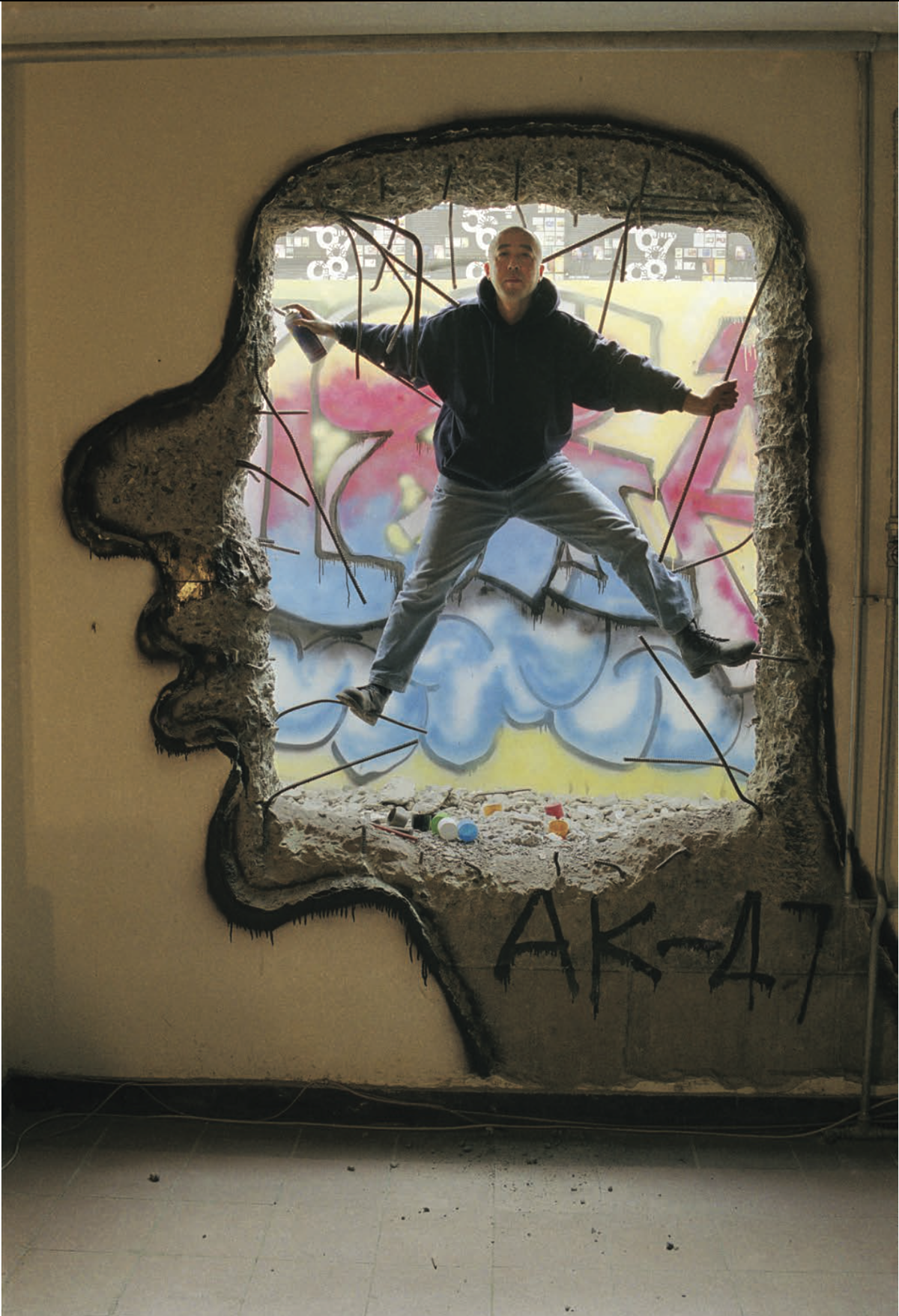
Later, in the wake of the crackdown at Tiananmen Square in 1989, a dissident art scene emerged in Beijing’s East Village, centered around self-expression and declaratively rejecting the collective ethos of earlier generations. It was soon suppressed by authorities, but the fuse had been lit: as industrialization, urbanization and the digitization of daily life reshaped China, even artists trained in more traditional mediums, such as painting, recognized the camera’s unique capacity to distill the dizzying transformation of the world around them. Turning their cameras on themselves, playing with and refashioning the subjects and techniques of classical art, contemplating China’s past, and envisioning its unpredictable future are but a few of the ways that contemporary photographers are constantly redrawing the boundaries of their art form.
The volume gathers key images and writings from the past three decades of Chinese photography. Ranging from Rong Rong’s earliest images of Beijing’s East Village and the pathbreaking performance art created there, to Wang Jinsong’s portraits of single-child families and Zhang Dali’s images of nonstop urban demolition and reconstruction, to the over-the-top pageantry of Wang Qingsong’s photos of contemporary life, this volume throws open countless windows onto the practice of photography in China today.
— Melissa Chiu, Director, Hirshhorn Museum and Sculpture Garden
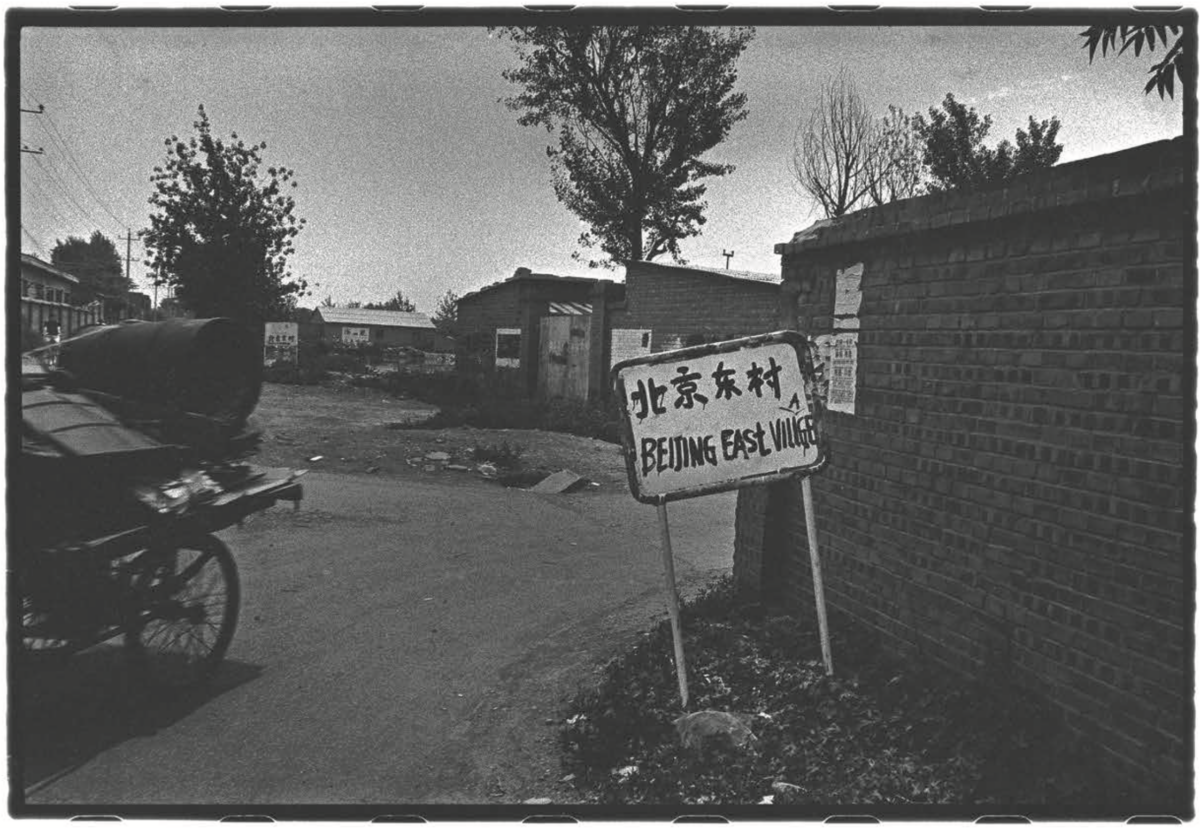
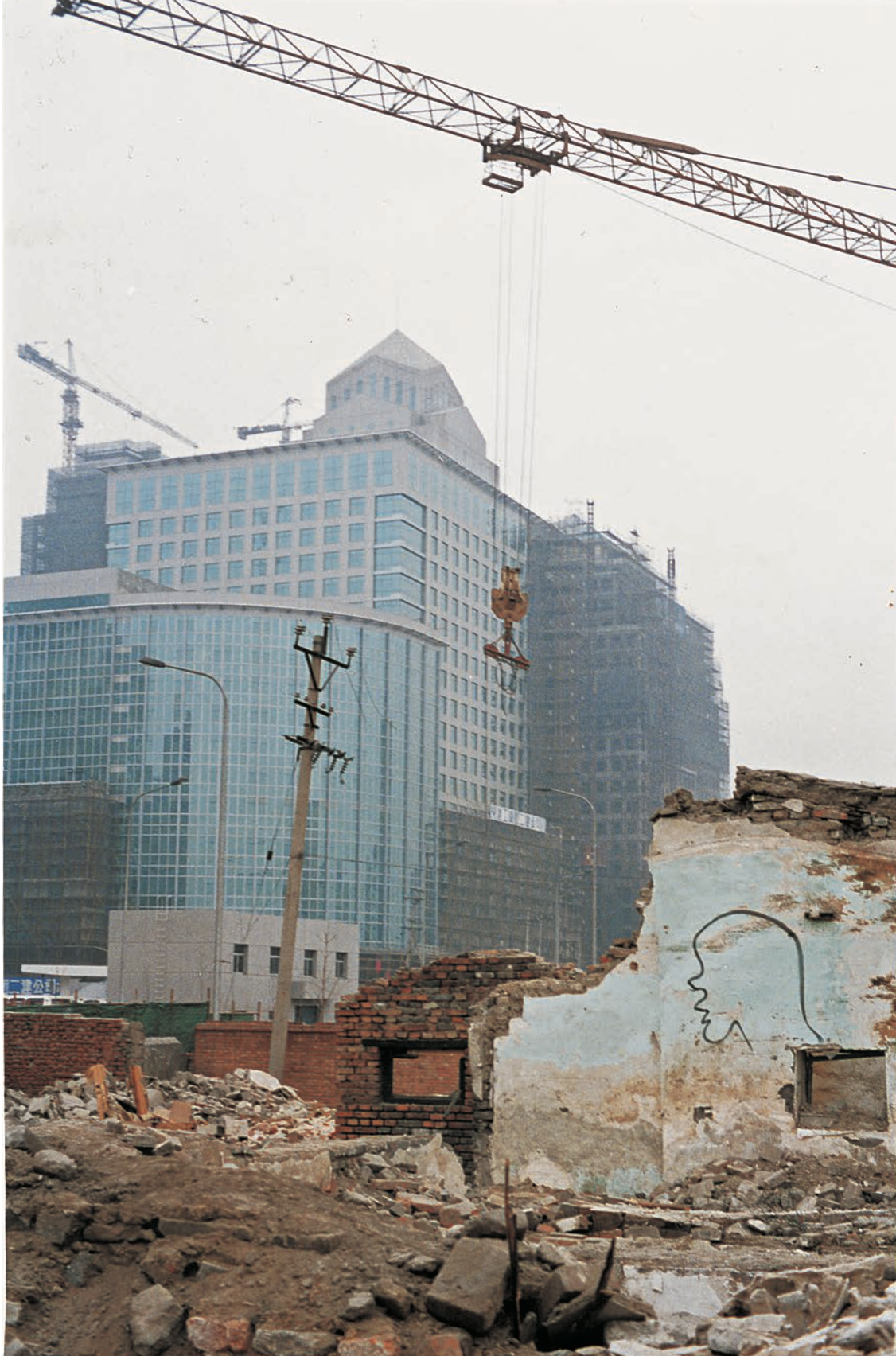
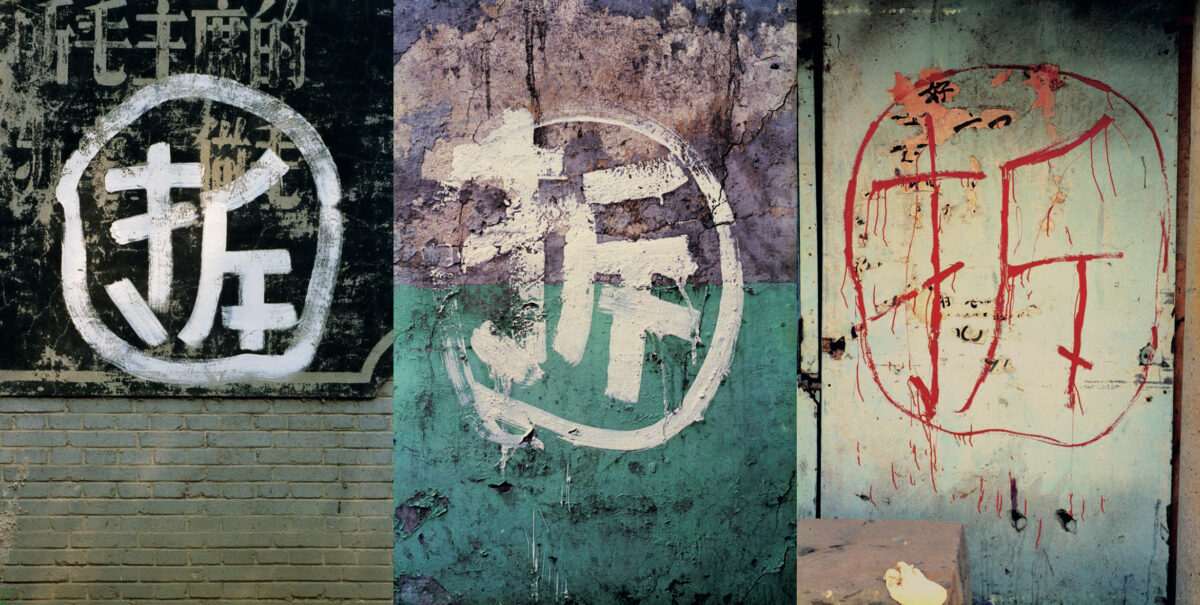




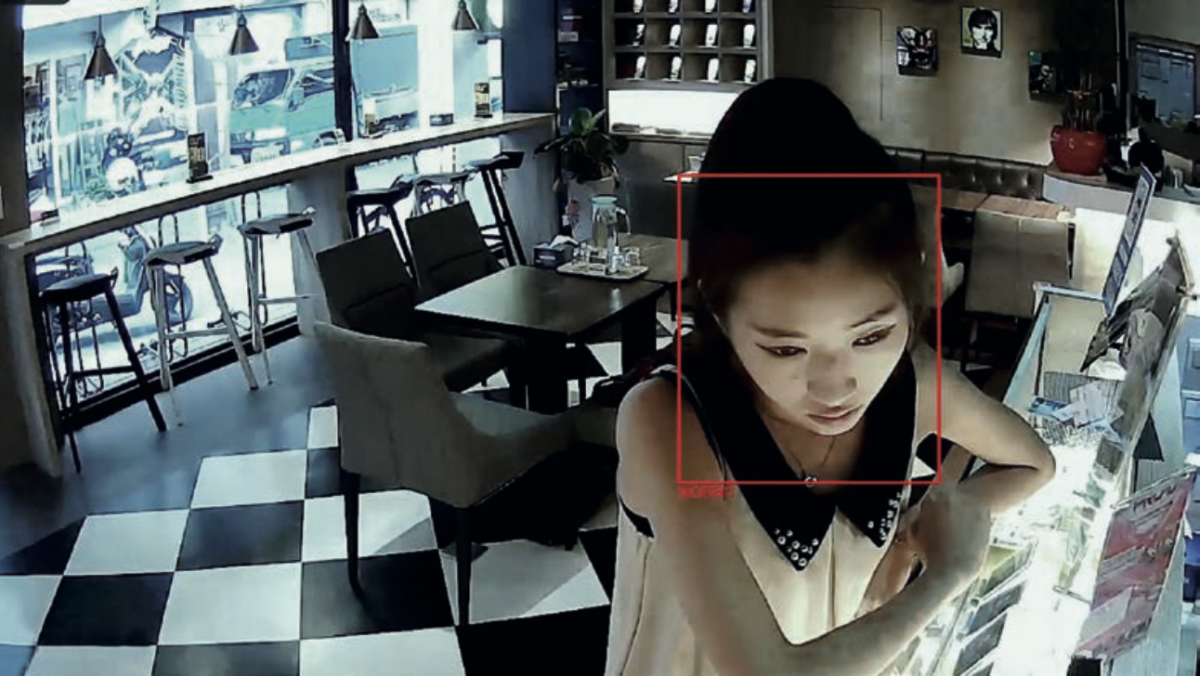
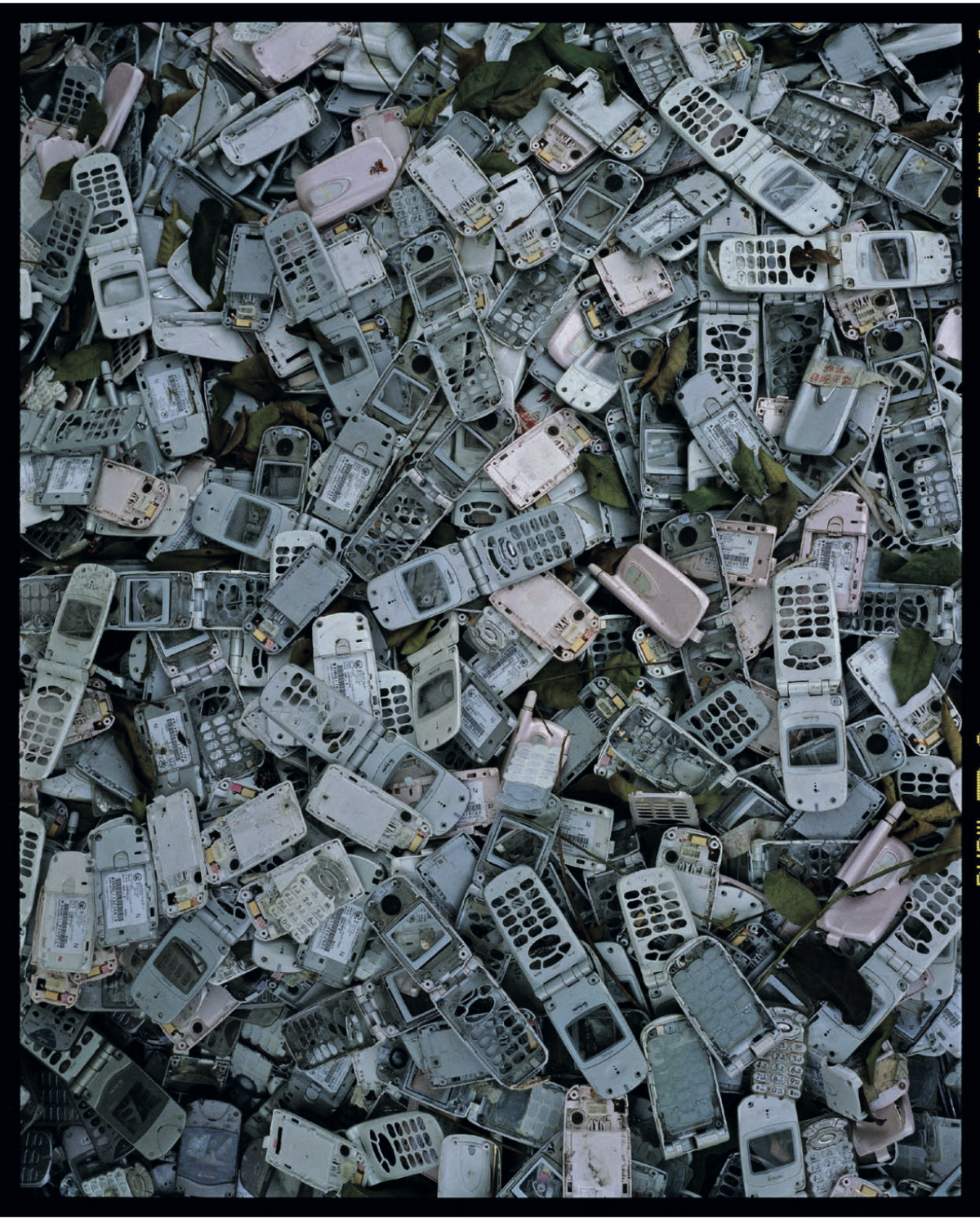
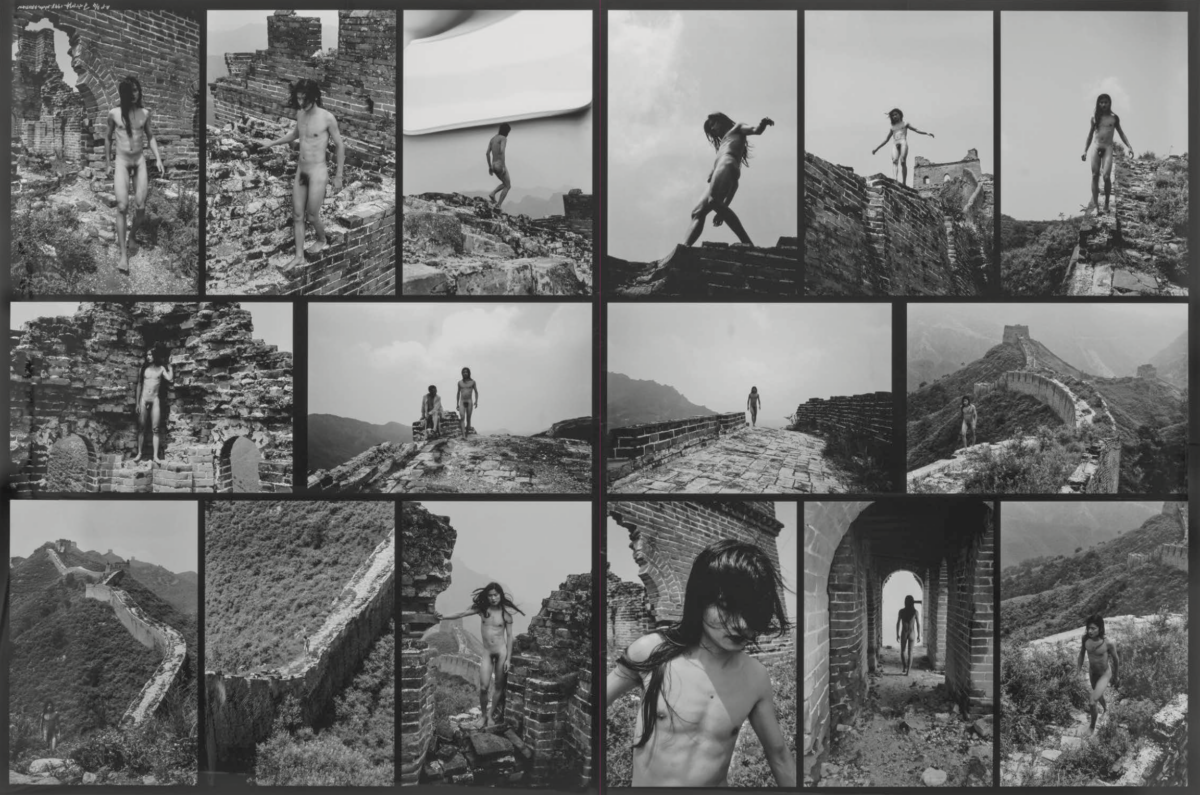

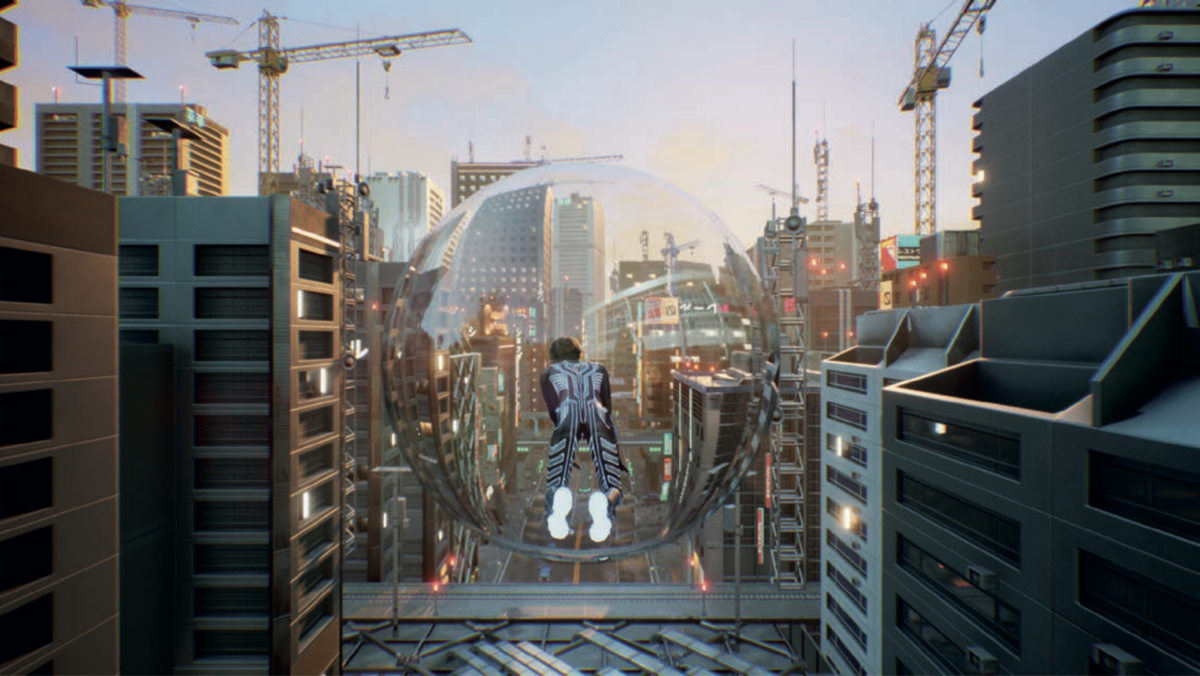
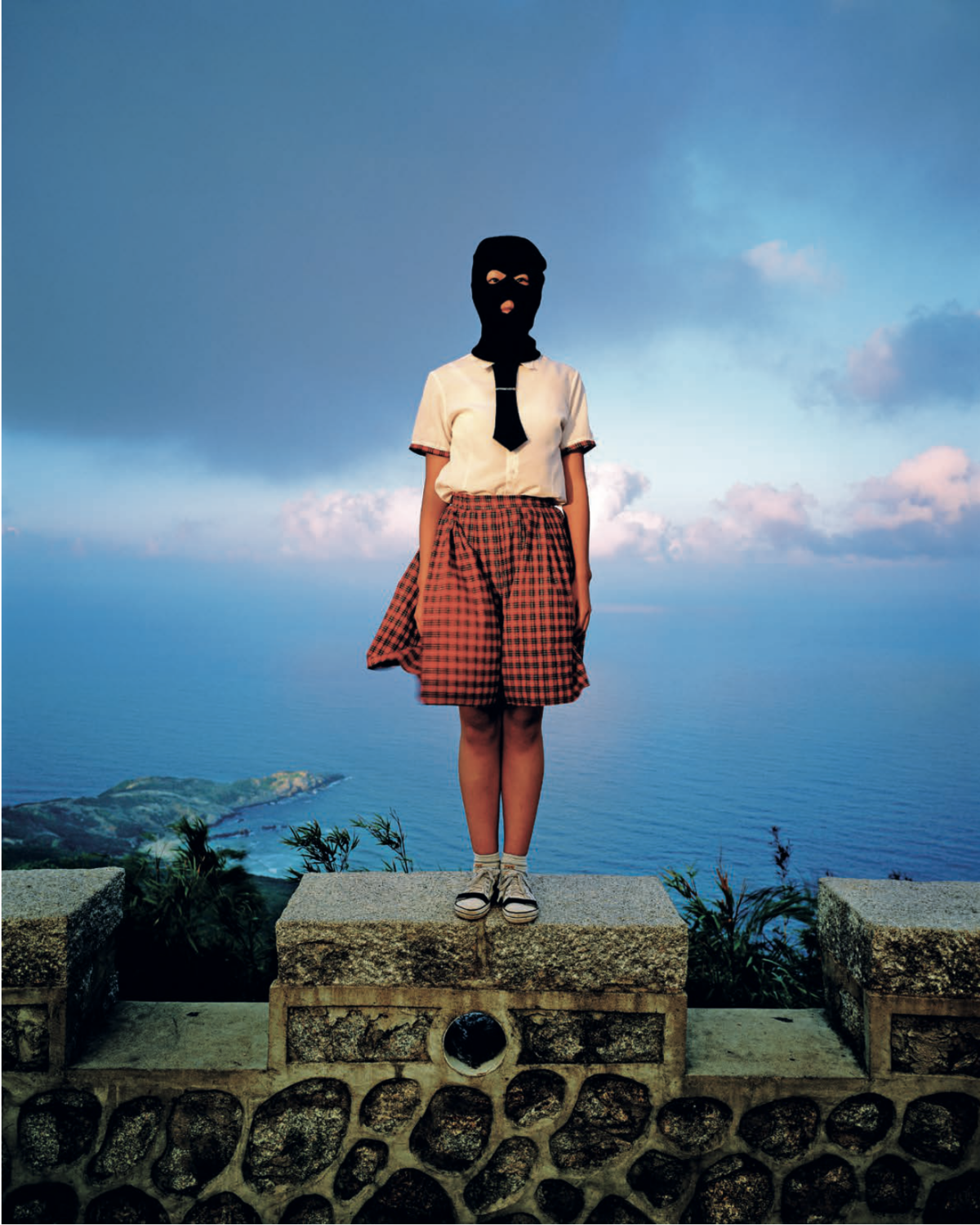
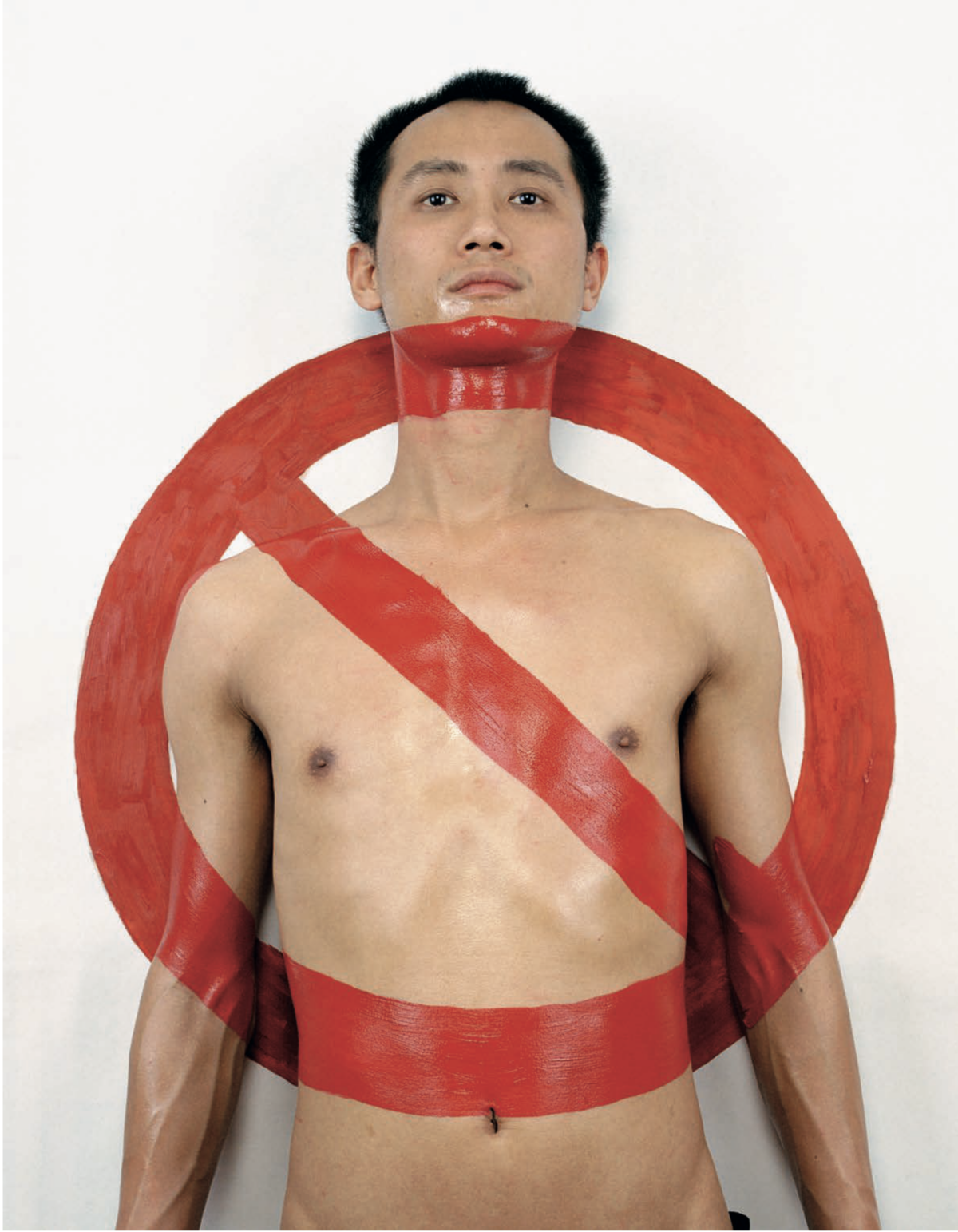
Adapted from A Window Suddenly Opens: Contemporary Photography in China, ed. Melissa Chiu, Betsy Johnson (Yale University Press, August 2023). All images from the collection of Larry Warsh.
Header: Cui Xiuwen, One Day in 2004 No. 1 (detail), 2004. © Cui Xiuwen, courtesy of the artist and Eli Klein Gallery.

Melissa Chiu is director of the Smithsonian’s Hirshhorn Museum and Sculpture Garden and a leading authority on international contemporary art with a focus on the Asia-Pacific. She has curated many exhibitions of Chinese contemporary art, and has authored and edited several books and catalogues. She completed her Ph.D. with a dissertation on contemporary Chinese art at the University of Western Sydney in 2005.

